5 Commonly Recommended Diets That Could Actually Wreck Your Health
By:
Reyana Abrahams Ewing, a registered dietitian and 16-time marathoner, has tossed sugar, white flour, and several more inflammatory foods out of her pantry. It's helped her reduce swelling in an arthritic knee. But she feels that many current diet trends are more about marketing than about health.
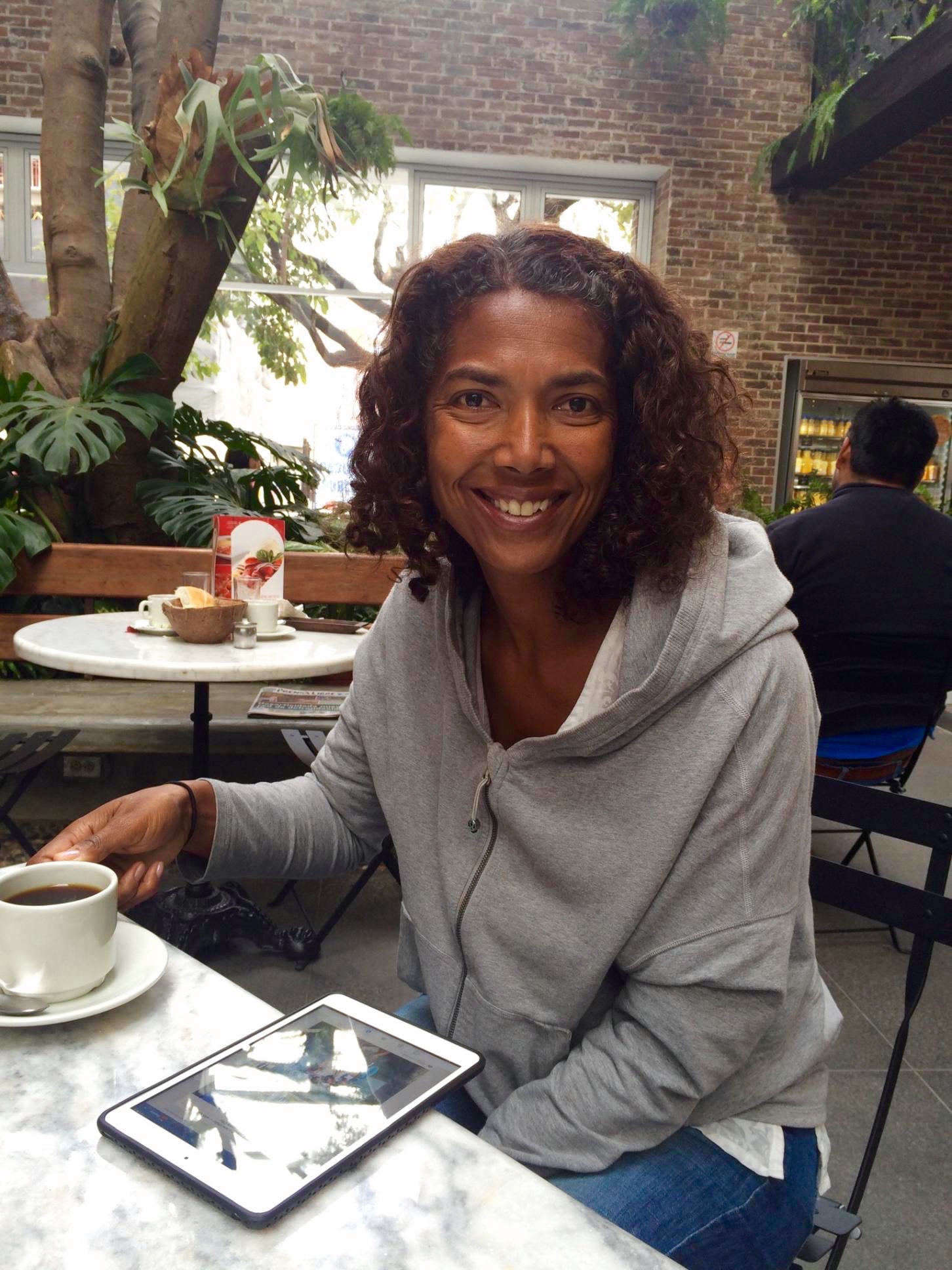 Courtesy of Abrahams Ewing
Courtesy of Abrahams Ewing
The former tennis pro — whose three daughters are up-and-comers in the sport — says that a term is circulating among her dietitian set: orthorexia nervosa, a proposed eating disorder under which a person becomes fixated on food quality and purity, such as cutting certain foods from the diet. Here she talks about what she thinks are five misguided diet trends:
1. Juicing
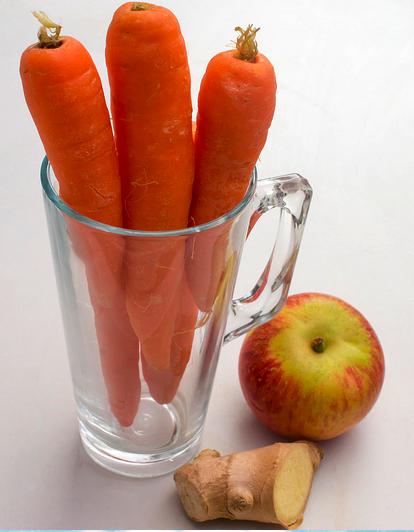 Neon Tommy - neontommy.com
Neon Tommy - neontommy.com
They say get this machine, however much it costs, so they can drink their vegetables. For some reason, people find their vegetables unappealing. Maybe it stems from being a kid, when you couldn’t get up from the table until you finished them off. But the bottom line is that you need a variety of foods, which are meant to be eaten whole. Chewing food is a very important first step to optimizing the process of digestion. For example, chewing signals the pancreas to secrete enzymes that break down protein, carbohydrates, and fats. If you replace all of your meals with juiced veggies and fruits, you would still get quite a bit of soluble fiber, but risk not getting as much insoluble fiber, which is important so your bowel can keep it moving and your body can fight off cancer.
2. Paleo diet
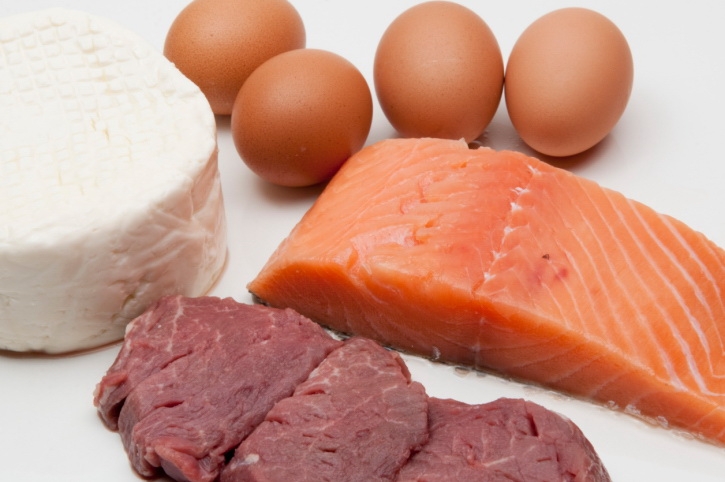 One Fight Australia - com.au
One Fight Australia - com.au
This is the one where people want to go back to what they believe the cavemen ate back in the day as hunters and gatherers. The diet essentially consists of foods presumed to be available in the paleolithic time, such as meats, fish, vegetables, and fruits, but they don’t include legumes, grains, or processed foods. In theory it seems fine: Eating the basics and leaving out processed foods. But as a professional, I ask: Why eliminate healthy, whole grains like quinoa or bulgur? And why not eat beans, lentils, and split peas when they’re good sources of protein that are low in fat and high in fiber?
3. High protein, low carb
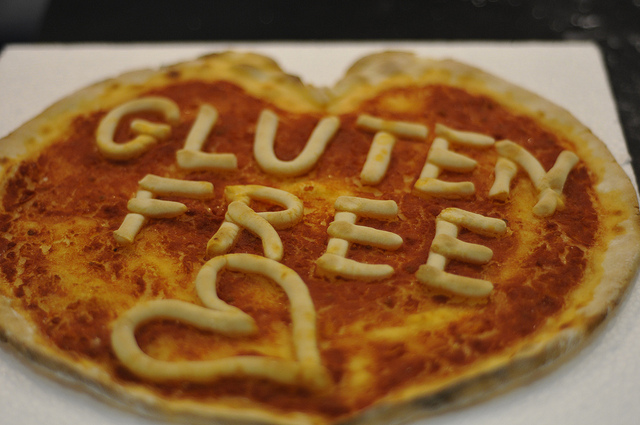 Modern Filipina - cloudfront.net
Modern Filipina - cloudfront.net
People demonize carbohydrates, but fruits and veggies are carbs, which you need to give you energy and provide the glucose for muscle and brain function. People are so gung ho about protein, when you only need two to three small servings a day. And your kidneys have to work harder to process all the amino acids in protein and to get rid of its unhealthy by-products. Our bodies function best with combinations of foods, including proteins and carbs.
4. Gluten-free
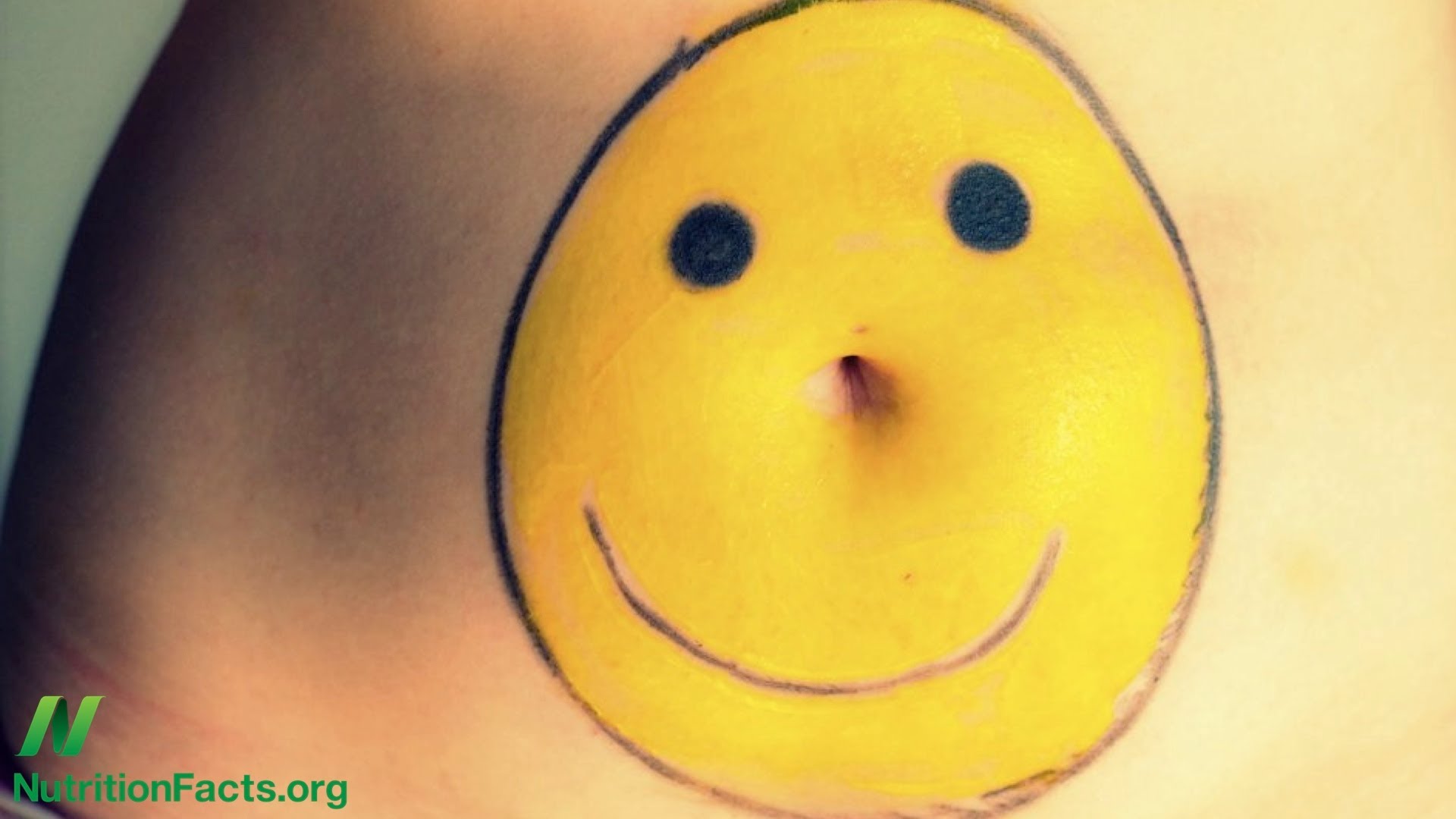 Nutrition Facts - ytimg.com
Nutrition Facts - ytimg.com
I can understand if you’re among the 1 percent of the population that has celiac disease and can’t tolerate the gluten in wheat, rye, or barley. This can be very serious, causing an inability to absorb nutrition, chronic diarrhea, and, in some cases, death. But the gluten-free trend seems largely to be about marketing and mostly unnecessary. I mean, they’ll put “gluten free” on peanut butter, when gluten is only found in wheat products. For people dealing with symptoms on the order of celiac, it could be irritable bowel syndrome, or they might be sensitive to the additives and preservatives in processed foods.
5. Probiotics
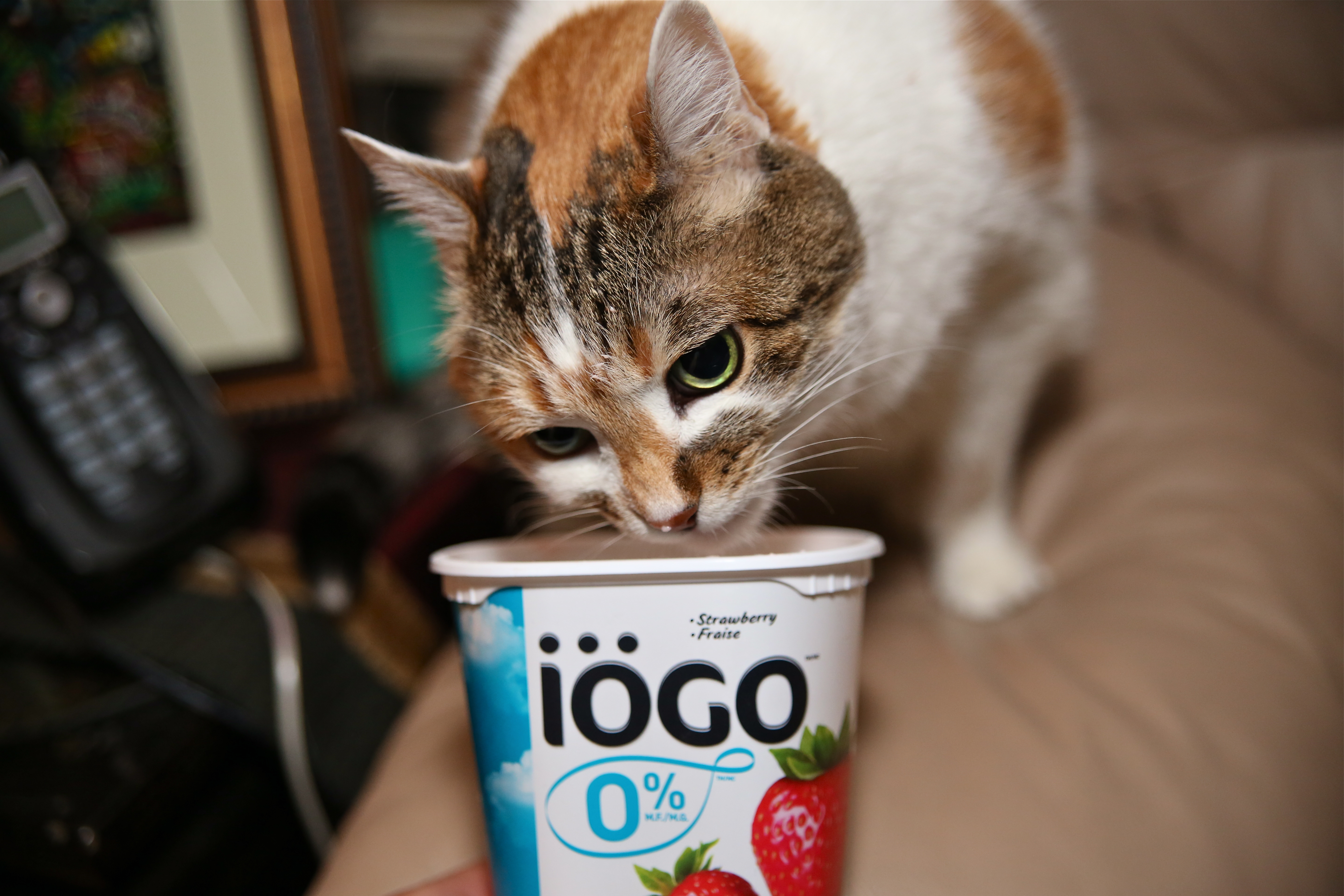 Eyesplash - flickr.com
Eyesplash - flickr.com
These are the good bacteria that live in our gut. Use of antibiotics, NSAIDs , birth control, high levels of sugar and processed foods, and/or a diet low in fiber can change the natural balance of good and bad bacteria in your colon. As a result, fermented foods like yogurt, kefir, kimchi, and sauerkraut have exploded onto the market. Current research tells us the average daily intake of fiber is around 15 grams per day, when we are supposed to eat about 30-35 grams. We’re also overly hygienic, using all these anti-bacterial gels and not exposing ourselves to enough bacteria to strengthen our immune systems. The probiotic trend is supposed to be about restoring the balance, but I think it’s gimmicky. To be healthy and be in balance, don’t cut out big groups of foods; eat healthy proteins, carbs, and modest amounts of fats. Everything in moderation.
